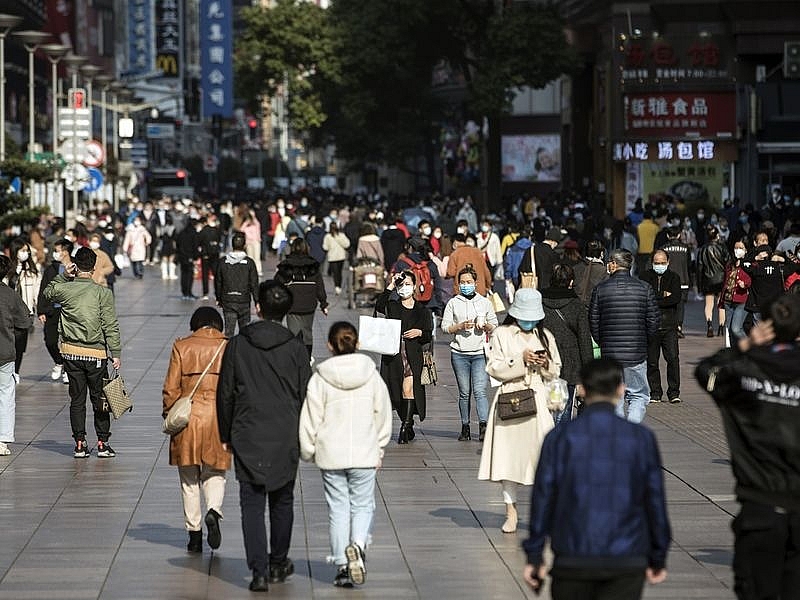
Developing Asia's economic outlook lowered as PRC growth slows
Latest
 |
| ADB lowered its economic growth forecast for developing Asia and the Pacific to 4.6% this year due to slower expansion in the People’s Republic of China (PRC). (Photo: AP) |
The outlook compares with a projection of 5.2% issued by ADB in April. The bank also raised its forecast for inflation in the region, amid higher prices for food and fuel.
Developing Asia and the Pacific is continuing its recovery from the COVID-19 pandemic, according to ADB’s Asian Development Outlook (ADO) 2022 Supplement which was released today. Many countries are easing mobility restrictions, which is strengthening economic activity. However, growth has slowed in the PRC, the region’s largest economy, due to disruption from new COVID-19 lockdowns, as well as weaker global demand.
“The economic impact of the pandemic has declined across most of Asia, but we’re far from a full and sustainable recovery,” said ADB Chief Economist Albert Park. “On top of the slowdown in the PRC, fallout from the Ukraine tensions has added to inflationary pressure that’s causing central banks around the world to raise interest rates, acting as a brake on growth. It’s crucial to address all these global uncertainties, which continue to pose risks to the region’s recovery.”
The PRC’s economy is poised to expand 4.0% this year, compared with an earlier forecast of 5.0%. ADB also lowered its growth outlook for India to 7.2% from 7.5% amid higher-than-expected inflation and monetary tightening.
Inflation in developing Asia and the Pacific is predicted to accelerate to 4.2% this year, compared with a previous forecast of 3.7%. However, inflation pressure in the region as a whole is still lower than elsewhere in the world.
For 2023, ADB lowered its economic growth projection for the region to 5.2% from 5.3%, while raising the inflation forecast to 3.5% from 3.1%.
Growth forecasts for some subregions were upgraded. The outlook for Southeast Asia was raised to 5.0% this year from 4.9% amid increased domestic demand due to more relaxed COVID-19 restrictions.
ADB keeps the growth forecast for Viet Nam at 6.5% in 2022 and 6.7% in 2023 as released in the ADO in April 2022. Growth will be driven by continued trade expansion, the faster-than-expected recovery of manufacturing, domestic travel and the disbursement of public investment.
Surging global commodity prices, especially global oil prices, would increase inflationary pressure. However, the abundance of domestic food supply would help ease inflation in 2022. The inflation forecast is therefore unchanged at 3.8% for 2022 and 4.0% for 2023 compared with ADB’s projection in April.
The forecast for the Caucasus and Central Asia was raised to 3.8% from 3.6% as some economies in the subregion have withstood the economic fallout from the Ukraine tensions better than expected. In the Pacific, rebounding tourism in Fiji helped the subregion’s growth outlook improve to 4.7% from 3.9%.

























